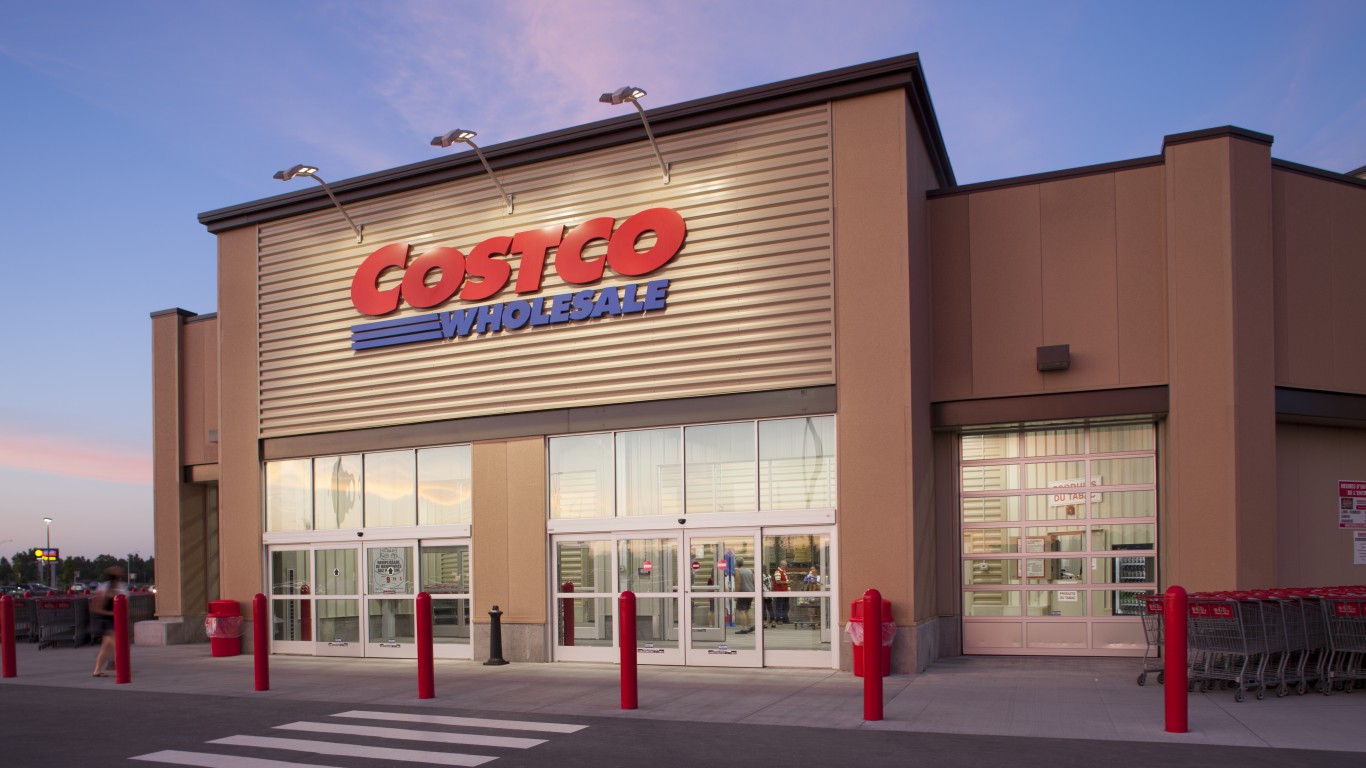
Lyft Inc. (NASDAQ: LYFT) faces questions about rider and driver availability as the coronavirus outbreak spreads. It is not the only part of the industry facing trouble, as it tries to prove it is viable. Rival Uber Technologies Inc. (NYSE: UBER) has a business model that is almost identical.
Growth in active riders is a key metric for Lyft. In theory, people who want to avoid public transport, like buses, subways and trains, might turn to Lyft and Uber. The problem is that if volume increases, anxious drivers may stay at home.
On the other hand, if the driver supply stays high, and anxiety about coronavirus keeps people at home, Lyft has another problem altogether.
The business of ride hailing and ride sharing relies on a balance between rider and driver demand.
Already challenged by questions about revenue growth, Lyft and Uber face other challenges.
Shares of Lyft and Uber have been under pressure for months. Wall Street cannot find, in many cases, a path to long-term profitability.
Lyft’s stock is down 25% so far this year, as is the case with many “tech stocks,” which is a universe against which its initial public offering is measured. The market has favored Uber, the shares of which down 9%, which compares favorably to the stock market in general. Over the longer period of a year, each stock has taken a beating. Lyft is down 58% and Uber is off 55%.
Stock Market Trouble Well Before COVID-19
Which came first in terms of the recent sell-off in Lyft, particularly as COVID-19 spreads? Many think it was an announcement made by Lyft that it would close its San Francisco office. At about the same time, Uber said the spread of the disease could have a “material effect” on its financial results.
The basic problems faced by the company started much earlier. Although the company’s fourth-quarter numbers beat most Wall Street estimates, it did not help Lyft’s shares. Many investors were surprised because the company did better than profit targets.
Lyft’s revenue hit $1.02 billion in its most recent quarter, up 52% year over year, according to its earnings report. A net loss of $356 million compared to $249 million the year before. So, by that measurement, things are not improving. It raised the question, once again, what Lyft’s path to profitability looks like.
Lyft is one company that uses adjusted EBITDA (earnings before interest, taxes, and amortization) as a means to show its financial trends. In the fourth quarter, Lyft had an adjusted EBITDA loss of $130 million, compared to a loss on the same basis of $251 million last year. That still leaves it well short of both positive net income and EBITDA profitability.
The Uber report of earnings, against which Lyft is often measured, showed a revenue increase of 39% in the fourth quarter to $4.1 billion. Uber posted an adjusted EBITDA loss of $615 million, compared to a loss of $817 million on the same basis in the year-ago period.
As COVID-19 Spreads, What Happens to a Global Services Company Like Lyft?
Lyft primarily operates in the United States and Canada, which have not been hit hard by the spread of the coronavirus, yet. Uber would appear to have more risk now, on paper. It operates through much of Europe, Asia, Australia, New Zealand and South America. Theoretically, a large part of its revenue could be compromised very rapidly against this larger footprint.
However, major cities in the United States have a growing problem. A look at three of them shows the magnitude of that problem.
Seattle, where the virus has hit hard, is the 15th largest metropolitan statistical area in the country. By that measure, San Francisco ranks 12th. New York City is the largest, with a metropolitan population of almost 20 million.
Not every city in the country needs to have a decline in people moving from place to place, for both work and leisure. Lyft’s exposure presents a huge risk if even a small number of U.S. cities go on lock down, which already has happened in China and Italy.
Where does Lyft’s stock go from here? It is very hard to make a case that the direction is upward.
Is Your Money Earning the Best Possible Rate? (Sponsor)
Let’s face it: If your money is just sitting in a checking account, you’re losing value every single day. With most checking accounts offering little to no interest, the cash you worked so hard to save is gradually being eroded by inflation.
However, by moving that money into a high-yield savings account, you can put your cash to work, growing steadily with little to no effort on your part. In just a few clicks, you can set up a high-yield savings account and start earning interest immediately.
There are plenty of reputable banks and online platforms that offer competitive rates, and many of them come with zero fees and no minimum balance requirements. Click here to see if you’re earning the best possible rate on your money!
Thank you for reading! Have some feedback for us?
Contact the 24/7 Wall St. editorial team.

